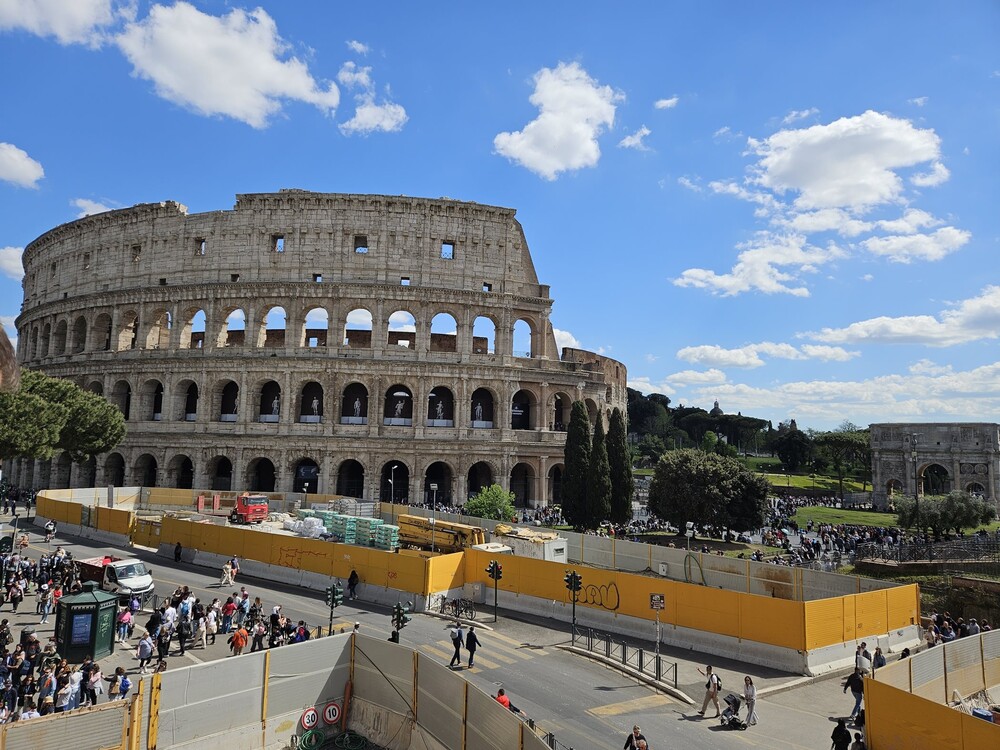In the beginning...
Few know this, but gladiatorial games are not a Roman invention. They originated in Campania, where gladiatorial combat began to be practiced approximately four centuries BCE.
Initially, these were not mass entertainment but a ritual to honor the dead. Furthermore, gladiators initially fought in private, not in public.
After the Roman conquest of Campania, gladiatorial matches gradually became a mass entertainment. This is why such contests began to be held more frequently in so-called amphitheaters, originally semi-circular theaters, allowing a large number of spectators to watch the games.
Most amphitheaters, however, were small wooden stands. Due to the rising popularity of gladiatorial games, much larger stadiums, mostly made of stone, began to emerge throughout the empire.
A huge theatre...
Although gladiatorial games were popular even in the Republic era, it was not until the Imperial period that this "sport" became truly opulent entertainment.
All emperors strived to keep Romans as satisfied as possible, and gladiatorial games contributed significantly to this.
However, these were not cheap affairs. Gladiators were very expensive, so each game needed its wealthy sponsor.
In the empire's peripheries, this entertainment was most often paid for by wealthy representatives of the empire, while in the world's capital, it was managed by the emperor himself. Often, this would completely drain the state treasury.
A lot of money also went into the amphitheaters themselves. It is estimated that several thousand could have been operational at any one time throughout the Roman Empire.
About four hundred of them have survived to this day. Many are globally famous and serve as tourist attractions.
Pula
Croatia is not just beautiful beaches and amazing seas but also monuments. Among the most popular is the amphitheater located in Pula. At first glance, it is evident that it is no small feat.
This ancient stadium boasts three tiers. The structure is very well preserved even after two millennia.
Nîmes
While the French have managed to build a whole range of their own architectural gems over the course of their history, they also inherited some from the Romans.
The Arena of Nîmes is among them. This structure was completed just a few years after the completion of the Roman Colosseum. Although not as large, the arena still managed to accommodate over twenty thousand spectators.
Rome
The best for last – the Roman Colosseum. Clearly, in the capital of the rulers of the then world, nothing smaller could stand.
This arena was designed to hold up to eighty thousand people, similar to today's largest stadiums. Although originally called the Flavian Amphitheater, people more commonly adopted the name Colosseum. This was due to a thirty-meter statue of Emperor Nero that stood in front of the amphitheater.

